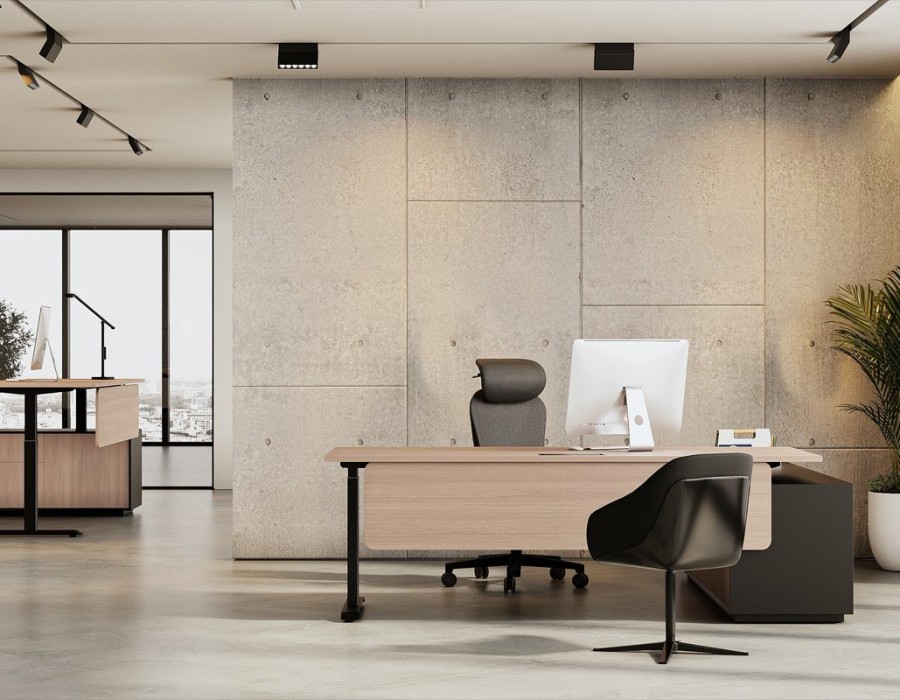Keynote Summary
- Ergonomic office furniture reduces physical strain and promotes better posture.
- Comfortable employees tend to be more focused and efficient.
- Investing in ergonomic solutions can lead to fewer sick days and higher work output.
- The right furniture choices improve workplace morale and retention rates.
Why Ergonomics Matters in the Modern Workplace
Work has evolved beyond traditional desk setups. With employees spending hours seated, ergonomic office furniture is no longer a luxury—it’s a necessity. Ergonomics focuses on designing furniture that supports natural body movements, reduces discomfort, and prevents long-term injuries.
Modern companies that invest in ergonomic setups see a noticeable boost in productivity and job satisfaction.
The Link Between Comfort and Productivity
Studies show that physical discomfort is one of the leading causes of distraction at work. A poorly designed chair, incorrect desk height, or lack of lumbar support can result in fatigue, back pain, and reduced concentration. On the other hand, ergonomic solutions—adjustable chairs, height-adjustable desks, and supportive workstations—allow employees to stay comfortable and engaged for longer.
Key Ergonomic Furniture Pieces to Consider
- Ergonomic Chairs – Adjustable seat height, lumbar support, and armrests to reduce back strain.
- Height-Adjustable Desks – Flexibility to switch between sitting and standing during the day.
- Monitor Stands – Keeps screens at eye level, reducing neck strain.
- Footrests – Improves circulation and posture for seated workers.
- Keyboard Trays – Positions wrists correctly to prevent strain injuries.
Urban 411 Office Furniture – A Reliable Choice
When looking for high-quality ergonomic office furniture, Urban 411 stands out for its focus on comfort, functionality, and design. Their range of ergonomic chairs, adjustable desks, and tailored workstations ensures employees work in an environment that supports both health and productivity.
FAQs
Q1: What is the main benefit of ergonomic office furniture?
It improves comfort and posture, which boosts productivity and reduces the risk of workplace injuries.
Q2: Can ergonomic furniture really reduce sick days?
Yes. By minimizing musculoskeletal issues, employees take fewer days off for related health problems.
Q3: How do I choose the right ergonomic chair?
Look for adjustable features, lumbar support, and a seat height that allows feet to rest flat on the floor.
Final Takeaways
Ergonomic office furniture isn’t just about comfort—it’s about creating a healthier, more productive workplace. Whether you’re setting up a new office or upgrading your current space, investing in ergonomics is a long-term decision that pays off in employee well-being and efficiency.





Comments